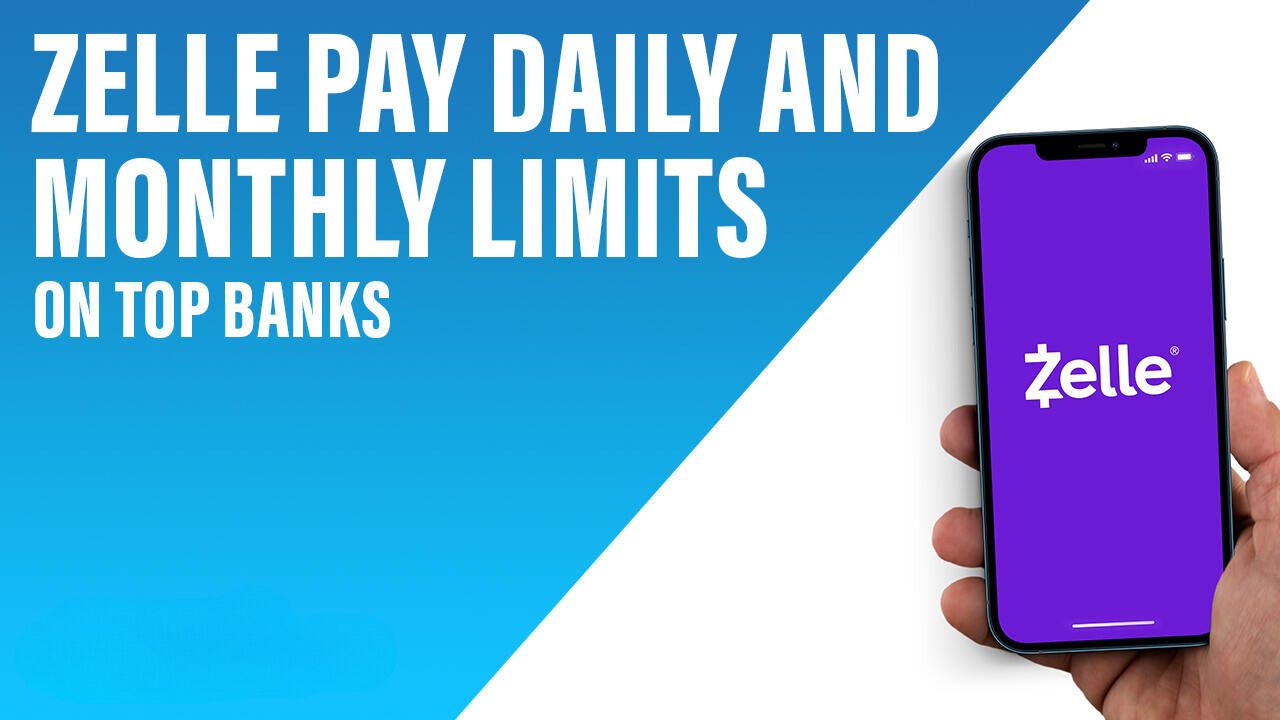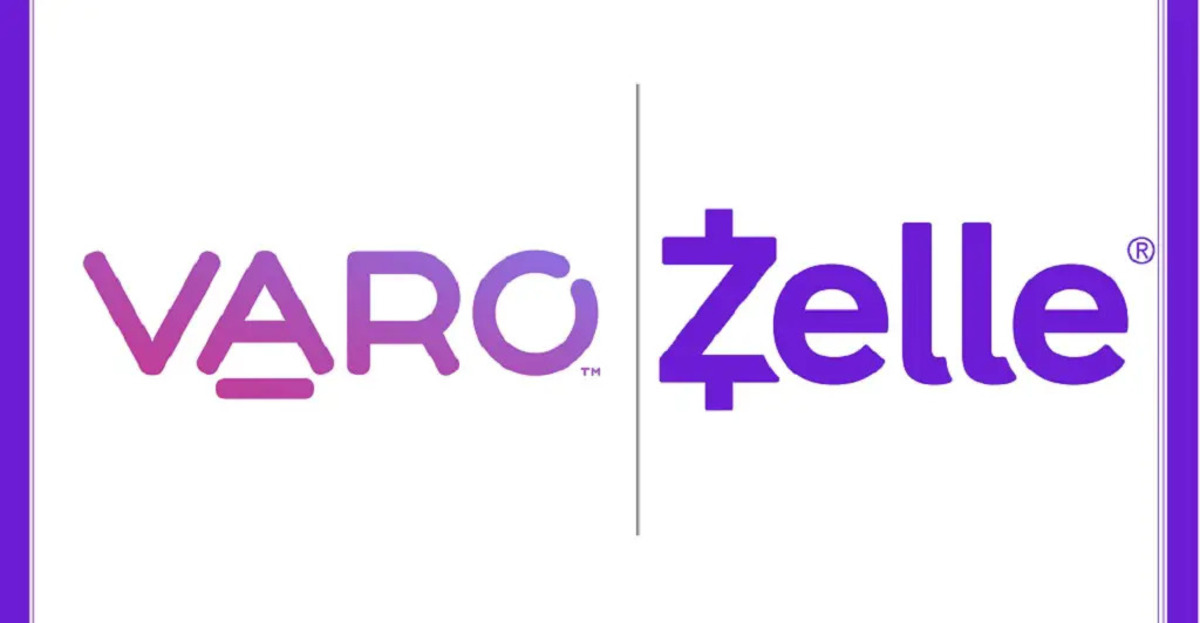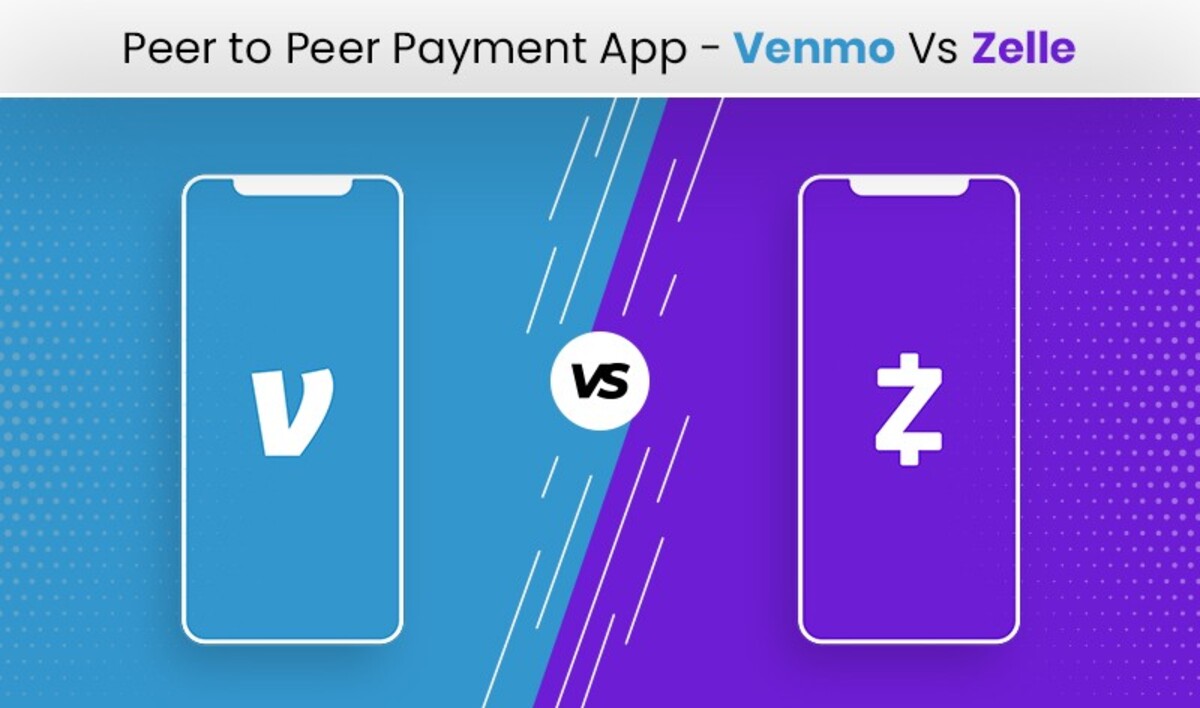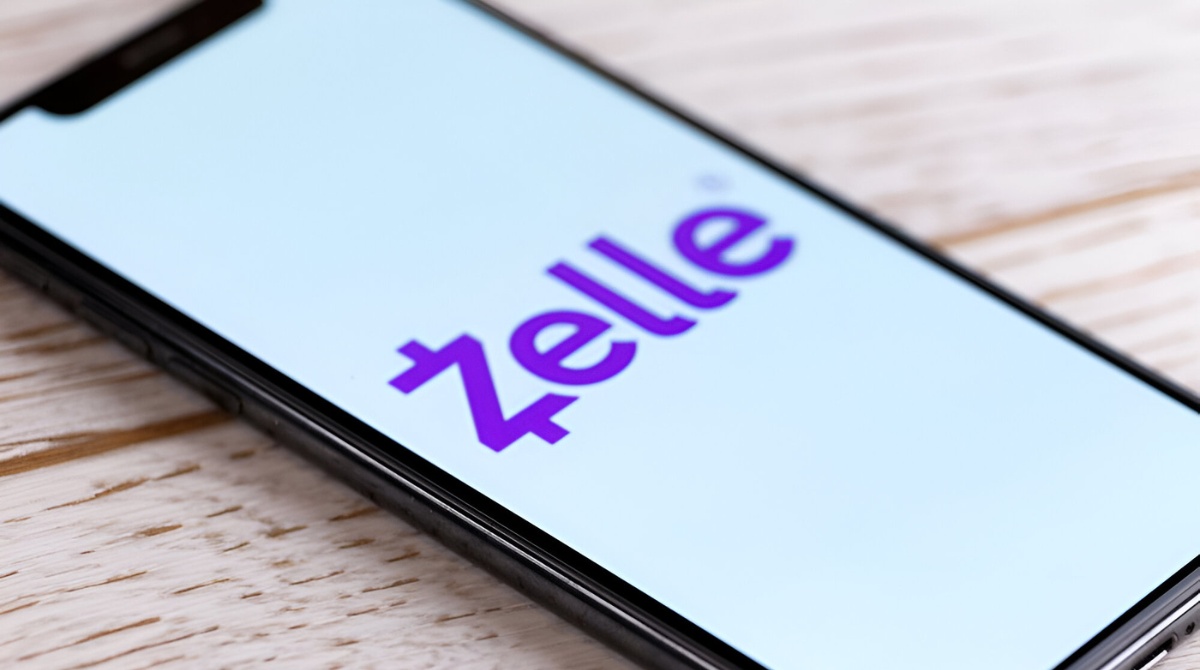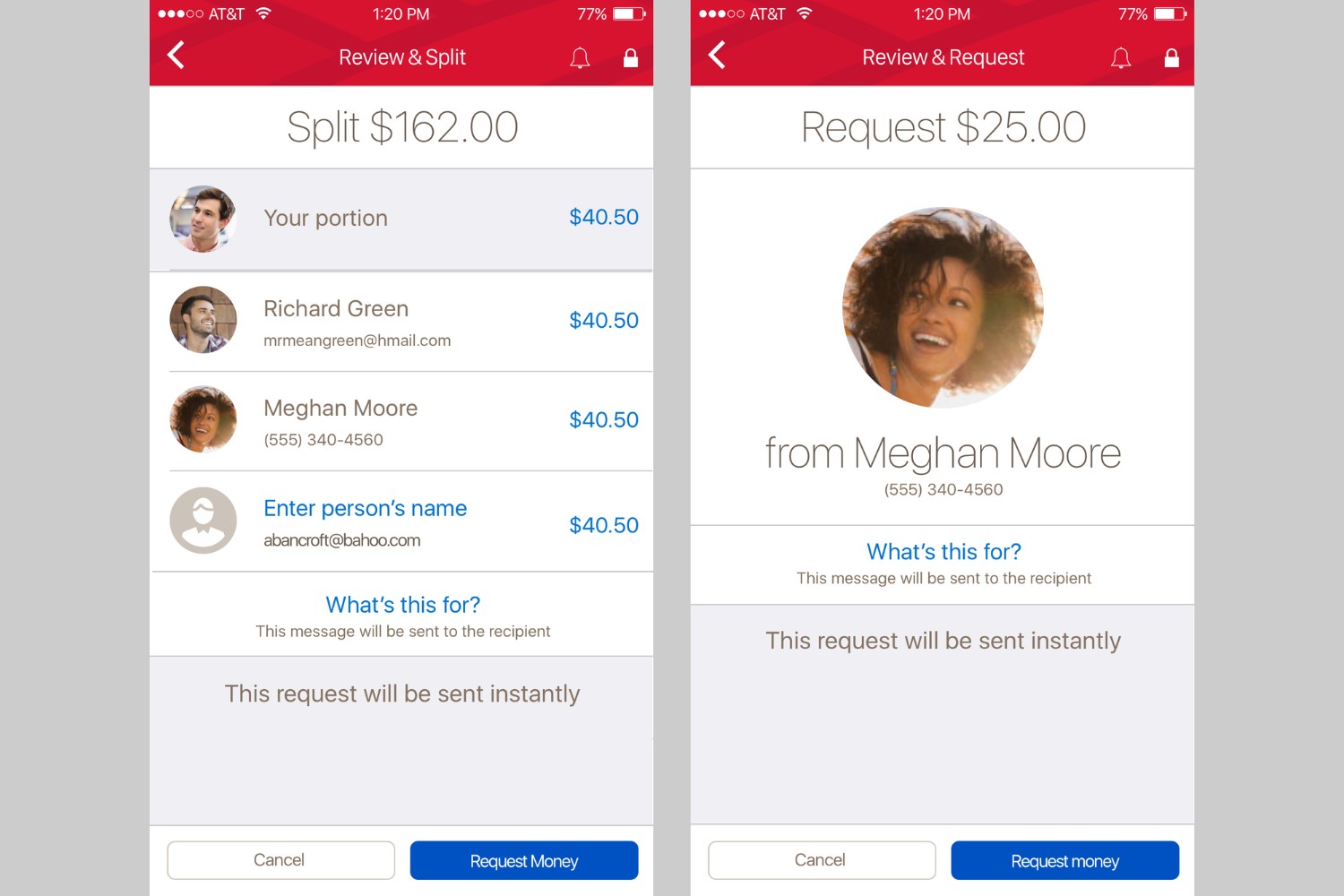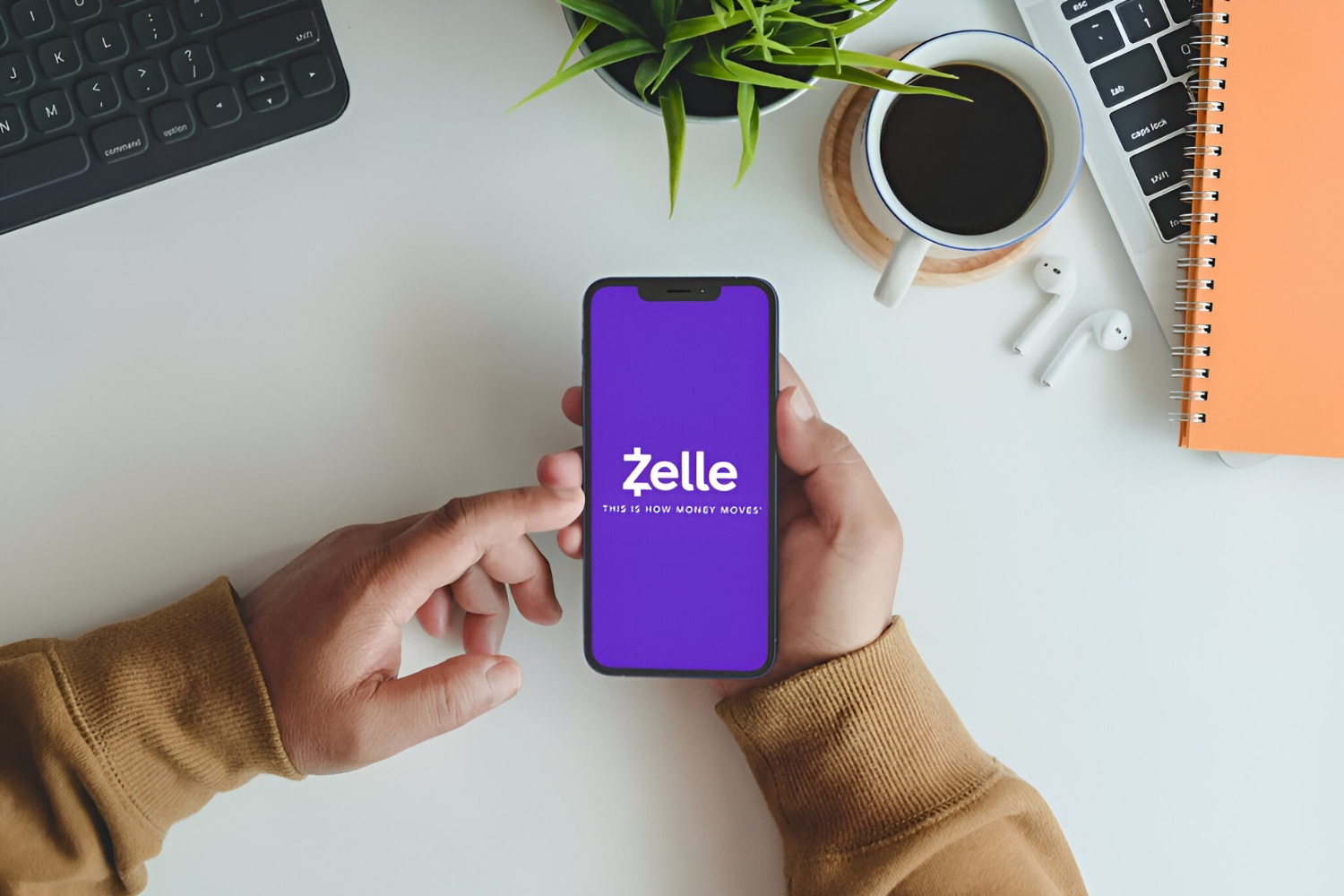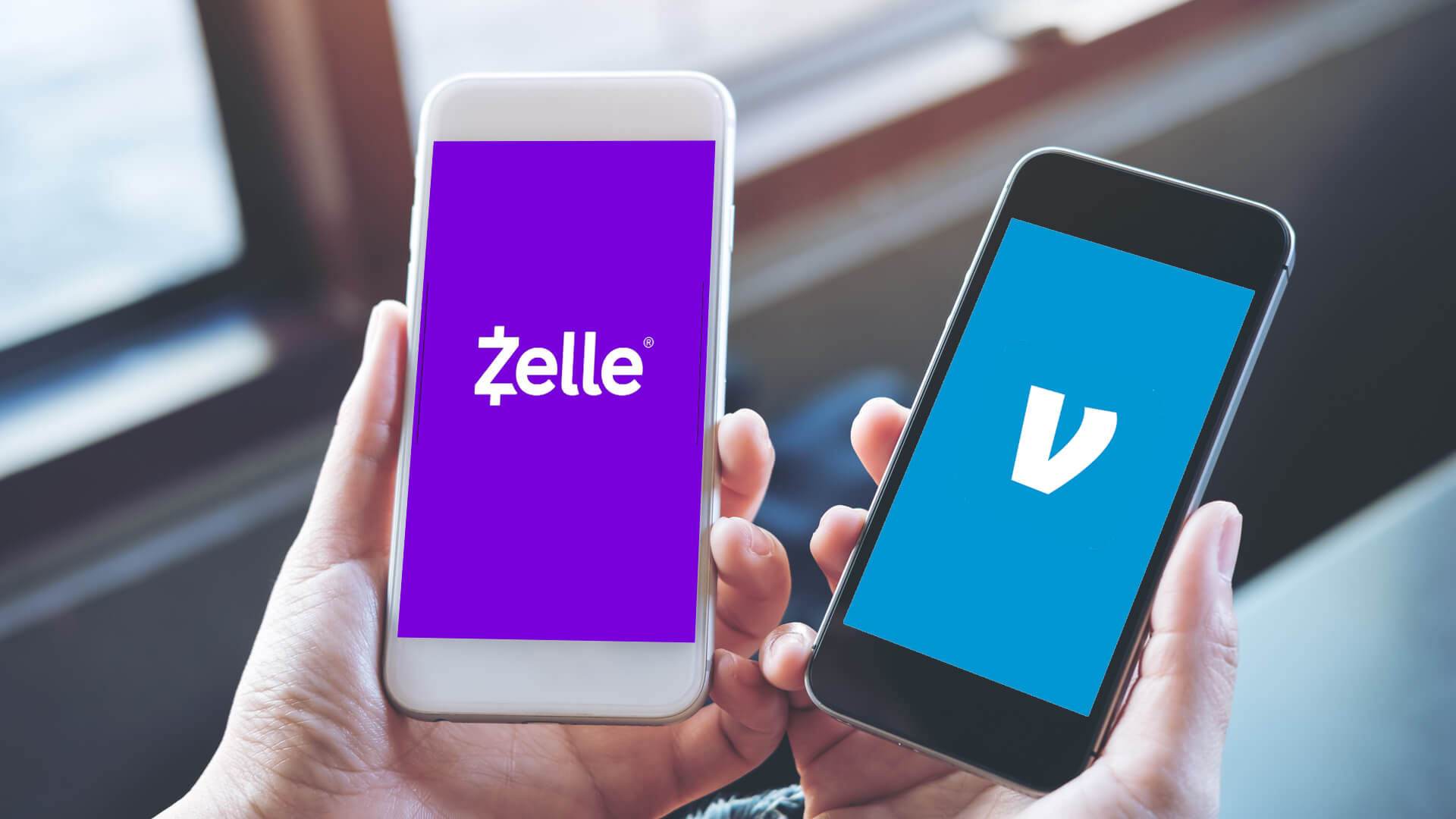What Is Zelle?
Zelle is a digital payment service that allows users to send and receive money quickly and securely. It is a peer-to-peer payment platform that enables seamless money transfers between individuals, regardless of their banking institutions. With Zelle, users can easily split bills, pay back friends, or send money to family members without the need for cash or checks.
Launched in 2017, Zelle has gained immense popularity for its convenience and ease of use. It is available as a standalone app or can be accessed through participating banking apps. The service is backed by a network of major financial institutions, making it a trusted and reliable option for transferring money.
To use Zelle, users simply need to link their bank account to the service and verify their identity. Once set up, they can send money to other Zelle users by entering their email or phone number. The funds are transferred directly from the sender’s account to the recipient’s account in a matter of minutes.
Zelle provides a secure platform for transferring funds, utilizing advanced encryption and authentication technology to protect users’ financial information. Transactions are monitored for potential fraud, and users have the ability to report any suspicious activity.
One of the key advantages of using Zelle is its widespread availability across participating banks. This means that users can easily send and receive money without the hassle of creating new accounts or dealing with third-party payment processors.
Overall, Zelle offers a convenient, secure, and efficient way to send and receive money online. With its user-friendly interface and wide network of participating banks, it has become a popular choice for individuals looking for a convenient digital payment solution.
How Does Zelle Work?
Zelle works by facilitating direct transfers between bank accounts, making it a fast and convenient method for sending money. Here’s an overview of how the process works:
- Registration: To use Zelle, you need to have a bank account with a participating financial institution. Most major banks in the United States offer Zelle integration. If your bank supports Zelle, you can typically find it as an option within the bank’s mobile app.
- Linking Accounts: Once you have access to Zelle, you’ll need to link your bank account to the service. This is done by providing your bank account information and verifying your identity. The linking process may vary slightly depending on your bank, but it generally involves entering your account details and following the provided instructions.
- Sending Money: To send money through Zelle, you’ll need the recipient’s email address or phone number. Once you have this information, you can initiate a transfer by selecting the option to send money within the Zelle section of your banking app. Enter the recipient’s contact information, the amount you want to send, and any additional details required by your bank.
- Recipient Notification: After initiating the transfer, the recipient will receive a notification via email or text message from Zelle. The notification will inform them that money has been sent and provide instructions on how to deposit the funds into their own bank account. If the recipient is already enrolled with Zelle, the money will be directly deposited into their account.
- Deposit and Availability: Once the recipient receives the notification, they can follow the instructions to deposit the funds into their bank account. In most cases, the money will be available almost instantly. However, some banks may have different processing times, so it’s important to check with your specific institution for more information.
- Transaction History: Zelle keeps a record of all your transactions within the service. This allows you to easily track your payment history and reference past transfers.
In summary, Zelle streamlines the process of sending money by allowing direct transfers between bank accounts. With its user-friendly interface and widespread availability, it provides a convenient and secure way to send and receive money instantly.
What Is the Zelle Limit Per Day?
When using Zelle, there are certain limits in place to ensure security and prevent abuse. These limits determine the maximum amount of money you can send or receive within a specified time period. For Zelle, the limit per day is typically set by your bank or financial institution.
The exact Zelle limit per day may vary depending on the policies of your bank. In general, most banks set a daily limit of $500 to $2,500 for outgoing transfers. This means that you can send up to the specified amount per day using Zelle. However, it’s important to note that these limits can vary, so it’s best to check with your specific bank to determine the exact limit.
The Zelle limit per day also applies to incoming transfers. If someone sends you money using Zelle, the maximum amount you can receive in a single day will be determined by your bank’s limit.
It’s worth noting that the Zelle limit per day is separate from any other transaction limits that may be in place on your bank account. For example, if your bank sets a daily withdrawal limit of $1,000, you will still be able to send up to the maximum Zelle limit per day in addition to making withdrawals.
If you need to send or receive amounts that exceed the Zelle limit per day, you may need to explore alternative options. Your bank may offer higher limits for certain types of transactions, or you can consider using other payment methods such as wire transfers or cashier’s checks for larger amounts.
It’s important to keep in mind that the Zelle limit per day is in place to protect against fraudulent activity and ensure the security of your funds. By setting reasonable limits, banks can mitigate the risk of unauthorized transactions and provide a safer environment for users.
Overall, understanding the Zelle limit per day is crucial for managing your transactions and staying within the specified limits. By being aware of these limits, you can make informed decisions when sending or receiving money through Zelle.
Understanding the Sending Limits
When using Zelle, it’s important to understand the sending limits in order to effectively manage your transactions. The sending limits determine the maximum amount of money you can send within a certain time period, usually on a per-day basis. Here’s what you need to know about Zelle’s sending limits:
1. Bank-specific Limits: The sending limits for Zelle are typically determined by your bank or financial institution. Each bank may have different limits in place, so it’s important to check with your specific bank to find out what the maximum daily sending limit is for your account.
2. Daily Limits: In general, the daily sending limits for Zelle range from $500 to $2,500, depending on your bank. This means that you can send up to the specified limit in a single day using Zelle.
3. Transaction Count Limits: In addition to the monetary limits, some banks may also impose limits on the number of transactions you can make in a day. For example, your bank may allow you to send a maximum of 10 transactions per day through Zelle.
4. Rolling Period: It’s important to note that the sending limits are generally based on a rolling period, such as a 24-hour period. This means that your usage is evaluated over a specific timeframe, and once that timeframe passes, your sending limit will reset for the next period.
5. Higher Limits: If you need to send an amount that exceeds the daily limit set by your bank, you may be able to request a higher limit. Some banks offer the option to request a temporary or permanent increase in your sending limit, depending on your needs. This can be useful for one-time large transactions or for individuals who frequently send higher amounts through Zelle.
6. Security Considerations: Sending limits are in place to protect against fraudulent activity and to ensure the security of your funds. By setting reasonable limits, banks can mitigate the risk of unauthorized transactions. While it may be inconvenient at times, these limits are essential for maintaining the integrity of Zelle’s service.
Understanding the sending limits of Zelle is crucial for planning your transactions and avoiding any disruptions. By being aware of these limits, you can effectively manage your sending activities and make the most of this convenient payment service.
Understanding the Receiving Limits
When using Zelle, it’s important to be aware of the receiving limits in order to understand how much money you can receive within a certain time period. The receiving limits refer to the maximum amount of money you can receive in a given time frame, typically on a per-day basis. Here’s what you need to know about Zelle’s receiving limits:
1. Bank-specific Limits: The receiving limits for Zelle are generally determined by your bank or financial institution. Each bank may have different limits in place, so it’s crucial to check with your specific bank to find out what the maximum daily receiving limit is for your account.
2. Daily Limits: In most cases, the daily receiving limits for Zelle are the same as the sending limits, ranging from $500 to $2,500, depending on your bank. This means that you can receive up to the specified limit in a single day through Zelle.
3. Transaction Count Limits: Similar to the sending limits, some banks may also impose limits on the number of transactions you can receive in a day. For example, your bank may allow you to receive a maximum of 10 transactions per day through Zelle.
4. Rolling Period: The receiving limits are generally based on a rolling period, often a 24-hour timeframe. This means that your receiving activity is evaluated over a specific period, and once that period passes, your receiving limit will reset for the next period.
5. Higher Limits: If you anticipate receiving an amount that exceeds the daily limit set by your bank, you may be able to request a higher limit. Some banks offer the option to request a temporary or permanent increase in your receiving limit, depending on your needs. This can be useful for accommodating larger transactions or individuals who frequently receive higher amounts through Zelle.
6. Security Considerations: Receiving limits are in place to protect against fraudulent activity and mitigate the risk of unauthorized transactions. Banks set these limits to ensure the security of your funds and the overall integrity of Zelle’s service. Although these limits may sometimes be inconvenient, they play a crucial role in safeguarding your financial transactions.
By understanding the receiving limits of Zelle, you can effectively anticipate and manage the money you receive through the service. Familiarizing yourself with these limits helps you make informed decisions and fully utilize the convenience and security provided by Zelle.
How to Increase Your Zelle Limit
If you find that the default Zelle limit set by your bank is not sufficient for your financial needs, you may have the option to increase your Zelle limit. Here are some steps you can take to potentially raise your Zelle limit:
1. Contact Your Bank: Start by contacting your bank or financial institution to inquire about increasing your Zelle limit. Every bank has its own policies and procedures for limit adjustments, so reaching out to them directly is the best way to get accurate information.
2. Provide Documentation: Some banks may require additional documentation or proof of your financial capability before granting a higher Zelle limit. This may involve providing income statements, valid identification, or any other relevant documentation that demonstrates your ability to handle larger transactions.
3. Build a Relationship: Developing a long-standing relationship with your bank can work in your favor when it comes to increasing your Zelle limit. By demonstrating responsible financial behavior, maintaining a good credit history, and consistently using your bank account and Zelle service, you may be more likely to be granted a higher limit.
4. Consider a Different Bank: If your current bank is unable to increase your Zelle limit, you may want to explore options with other financial institutions. Different banks may have different policies and higher default limits, making them a better fit for your needs.
5. Request a Temporary Limit Increase: If you only need a higher limit for a specific period, you can inquire about a temporary limit increase. Some banks may allow you to request an elevated limit for a limited timeframe to accommodate larger transactions.
6. Explore Alternative Payment Methods: If all else fails, you may want to consider alternative payment methods for sending or receiving larger amounts of money. These can include wire transfers, cashier’s checks, or other external payment platforms that offer higher limits. However, it’s important to consider the associated fees and potential delays with these options.
Remember, the ability to increase your Zelle limit ultimately depends on your specific bank’s policies and your financial circumstances. Not all banks offer the same flexibility in changing Zelle limits, so it’s important to discuss your needs with your bank and explore the options available to you.
By following these steps and having open communication with your bank, you may have a better chance of increasing your Zelle limit and gaining more flexibility in your financial transactions.
What Happens If You Exceed the Zelle Limit Per Day?
If you exceed the Zelle limit per day set by your bank, there are several potential outcomes and scenarios that may occur. It’s important to be aware of the consequences and implications of surpassing the Zelle limit. Here’s what may happen if you exceed the Zelle limit per day:
1. Transaction Rejection: If you attempt to send a payment that exceeds the Zelle limit per day, your transaction may be rejected by your bank. This means that the recipient will not receive the funds, and you may need to find an alternative method to send the payment.
2. Account Suspension: Depending on your bank’s policies, repeatedly exceeding the Zelle limit per day may result in your account being suspended or flagged for suspicious activity. This is done to protect against fraudulent transactions and ensure the security of your funds.
3. Temporary Hold: In some cases, if you exceed the Zelle limit per day, your bank may place a temporary hold on your account. This hold may prevent you from conducting further transactions until the limit refreshes or until you reach out to your bank to resolve the issue.
4. Increased Scrutiny: Your bank may begin to monitor your Zelle transactions more closely if you regularly exceed the limit. This can involve additional security checks, verification, or potential restrictions placed on your account to prevent further limit violations.
5. Fee Assessment: Some banks may charge a fee if you exceed the Zelle limit per day. This fee can vary depending on your bank’s policies and can range from a small penalty to a more substantial charge. It’s important to review your bank’s fee structure to understand the potential financial implications of exceeding the limit.
It’s crucial to note that the consequences of exceeding the Zelle limit per day may depend on your bank’s specific policies. Each financial institution has its own guidelines and procedures in place to address limit violations and ensure the security and integrity of the Zelle service.
If you find that you consistently need to send or receive amounts that exceed the Zelle limit, it is advisable to contact your bank and inquire about increasing your limit. This way, you can avoid potential disruptions or penalties while still being able to meet your financial needs.
Ensuring that you understand and abide by the Zelle limit per day is vital for a smooth and secure financial experience. By staying within the limits set by your bank, you can avoid potential complications and continue to enjoy the convenience of Zelle’s digital payment service.
Conclusion
Zelle is a convenient and secure digital payment service that allows users to send and receive money quickly and easily. With its user-friendly interface and widespread availability through participating banks, Zelle has become a popular choice for individuals looking for a convenient way to transfer funds.
When using Zelle, it’s important to be aware of the sending and receiving limits set by your bank. These limits ensure the security of your funds and help prevent fraudulent activity. Understanding the limits can help you plan your transactions and avoid any disruptions when sending or receiving money.
If the default Zelle limit per day is not sufficient for your needs, you may have the option to increase it by contacting your bank and following their guidelines. Remember to provide any required documentation and build a strong relationship with your bank to potentially qualify for a higher limit.
Exceeding the Zelle limit per day can have consequences such as transaction rejections, account suspensions, temporary holds, increased scrutiny, or potential fees. It’s important to stay within the limits to avoid these issues and ensure a smooth financial experience.
In conclusion, Zelle provides a convenient and secure platform for sending and receiving money. By understanding and abiding by the limits set by your bank, you can make the most of this digital payment service and enjoy hassle-free money transfers.







